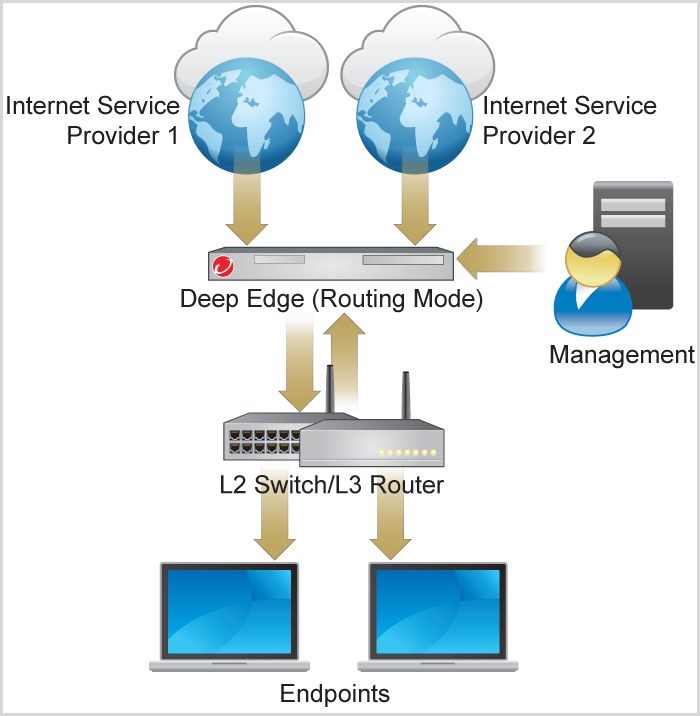In today's high performance networks, organizations need the freedom to implement
packet
forwarding and routing according to their own defined policies in a way that goes
beyond
traditional routing protocol concerns. While static and dynamic routing focus on the
traffic
destination for routing, policy-based routing provides a mechanism to mark packets
so that
certain kinds of traffic receive differentiated routing. Destination-based routing
techniques
make it difficult to change the routing behavior of specific traffic. Also known as
intelligent routing
, policy-based routing allows you to dictate the routing behavior
based on a number of different criteria other than destination network, including
source
interface, source or destination address, or service type.
Consider a company that has two links between locations, one a high bandwidth, low
delay
expensive link and the other a low bandwidth, higher delay lower expense link. Using
traditional routing protocols, the higher bandwidth link would get most if not all
of the
traffic sent across it based on the metric savings obtained by the bandwidth and/or
delay
(using EIGRP or OSPF) characteristics of the link. Policy-based routing can route
higher
priority traffic over the high bandwidth/low delay link while sending all other traffic
over
the low bandwidth/high delay link.
With policy-based routing, Deep Edge can route traffic
from multiple ISPs and WANs. The following illustration shows how to configure Deep Edge for two ISPs using an L2 switch.
Policy-based Routing Example
